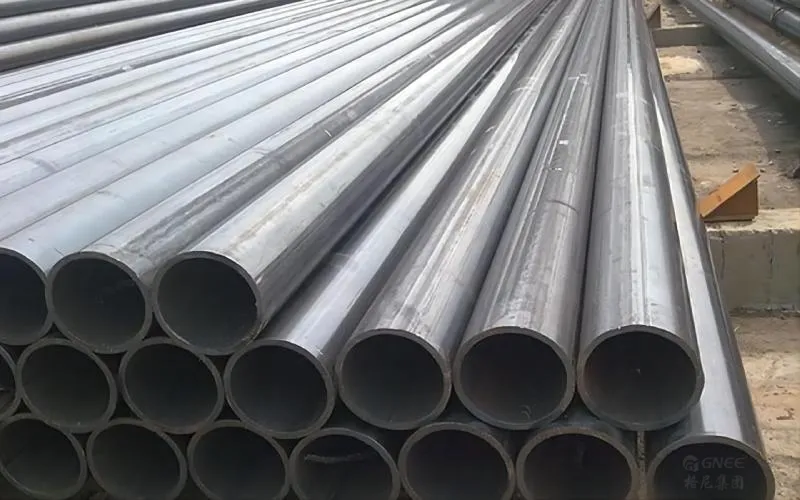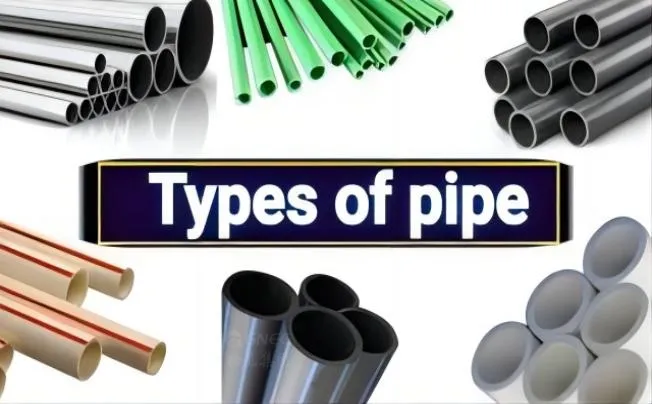What are AP Grade Pipes?
The primary source of stainless steel’s corrosion resistance is the chromium element, which when combined with oxygen forms a thick protective layer on the surface. The purpose of pickling is to allow this reaction to take place before it occurs. This will increase the corrosion resistance of stainless steel pipe by cleaning the surface of the pipe of oil and other production-related contaminants. Impurities that are hanging in the air can easily attach to pipes inside and outside of rougher surfaces. In sectors including the chemical, pharmaceutical, and food and beverage industries, where corrosion resistance and purity are crucial, AP-grade pipes are frequently utilized.
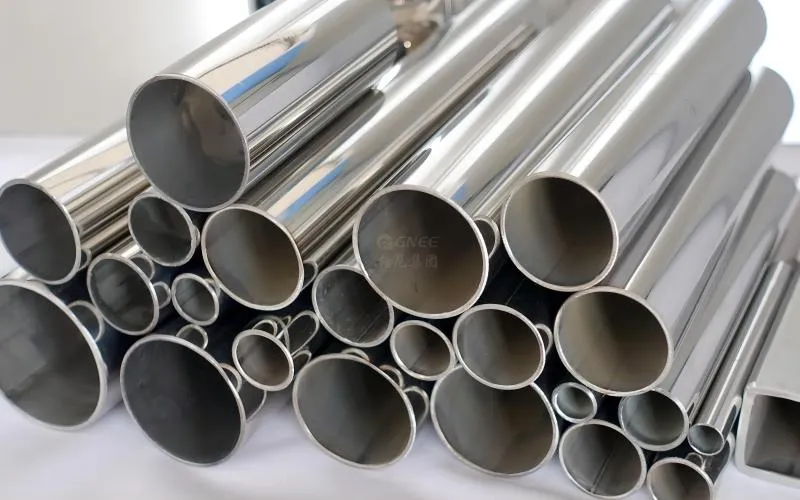
Bright Annealing Stainless Steel Pipes Specification for Stainless Steel AP Pipes
Seamless Ferritic and Austenitic Alloy-Steel Boiler, Superheater, and Heat-Exchanger Pipes to ASTM A213/A213M-15 Standard Specification
Seamless and Welded Austenitic Stainless Steel Tubing for General Service, ASTM A269/A269M-15 Standard Specification
ASTM A789 – 17 Standard Specification for Seamless and Welded Ferritic/Austenitic Stainless Steel for General Service ASTM A312/A312M-17 Standard Specification for Seamless, Welded, and Heavily Cold Worked Austenitic Stainless Steel Pipe
American States ANSI/ASTM A213/A269/A312/A632
Europe: ISO 1127 and DIN 17458
What are MP Grade Pipes?
The moniker “MP” stands for mechanical polishing. The stainless steel pipe surface is polished using a polishing wheel or polishing belt with the aid of abrasives in the polishing agent, causing the stainless steel pipe surface to acquire a smooth polishing effect. The kind of processing procedure affects the brightness and outcome. Additionally, mechanical polishing improves aesthetics but decreases corrosion resistance. As a result, it must be passivated again when utilized in corrosive conditions, and the steel pipe’s surface frequently contains polished material residue.
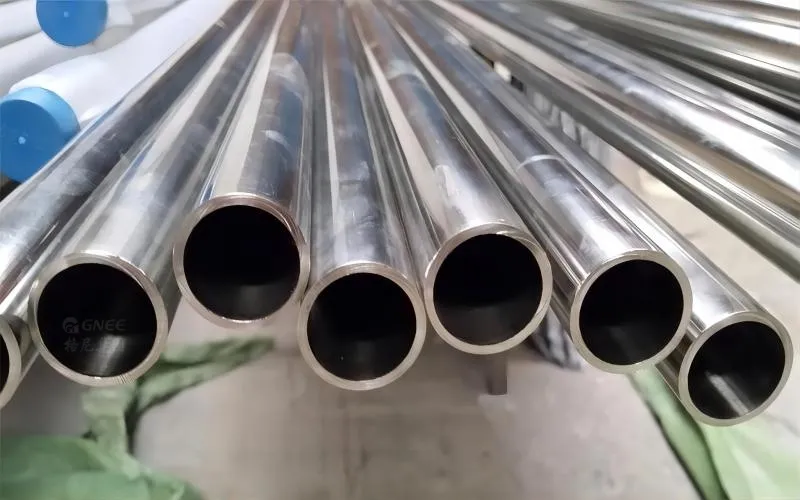
What are BA Grade Pipes?
Bright annealing is referred to as BA. To prevent grease residue in the steel pipe during the annealing process, high temperatures and argon as the atmosphere in the furnace were used. By combining the combustion of carbon and oxygen on the steel pipe’s surface, argon, and the steel pipe’s surface combined to produce a bright effect. This argon annealing heating and cooling cycle produced the desired bright effect. The steel pipe’s surface can be completely kept clean and free of outside pollutants by using this method to brighten it. However, compared to mechanical, chemical, and electrolytic polishing processes, the brightness of this surface will appear murky. Of course, the amount of argon gas and the quantity of heating also affect the impact.
In sectors including the food and beverage, pharmaceutical, and sanitary industries, where hygiene, cleanliness, and aesthetic appeal are prioritized, BA-grade pipes are frequently employed. BA grade pipes have a bright and smooth surface finish that prevents corrosion and makes them simple to clean and aesthetically pleasing.
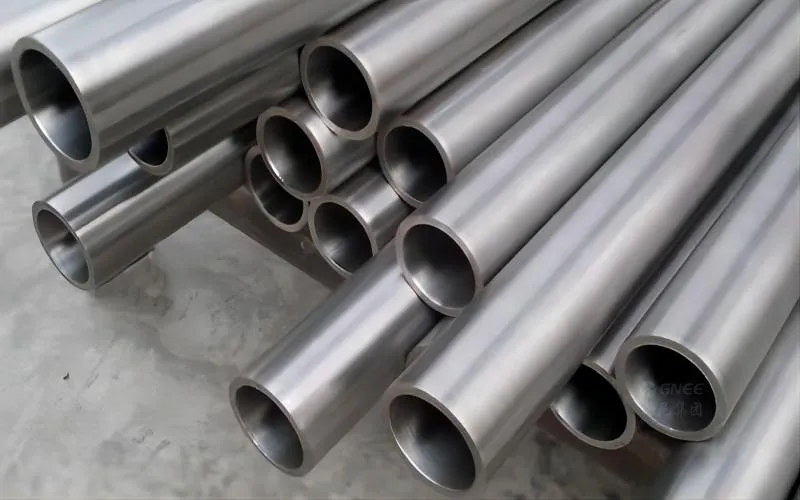
What Separates AP Pipes from BA Pipes?
The term “AP Pipe” stands for “Annealing Pickling Pipe.” Bright Annealing Pipe is referred to as BA Pipe.
The final process separates AP Pipes/Annealing Pickling Pipes from BA Pipes/Bright Annealing Pipes.
Annealing: To eliminate the black oxide scale on the exterior and inside of stainless steel pipes after solution annealing in natural gas, pickling must be acid washed; otherwise, the completed surface will be sour white.
Bright annealing without oxide scale on the surface and the need for pickling is a process that is finished in nitrogen and hydrogen.
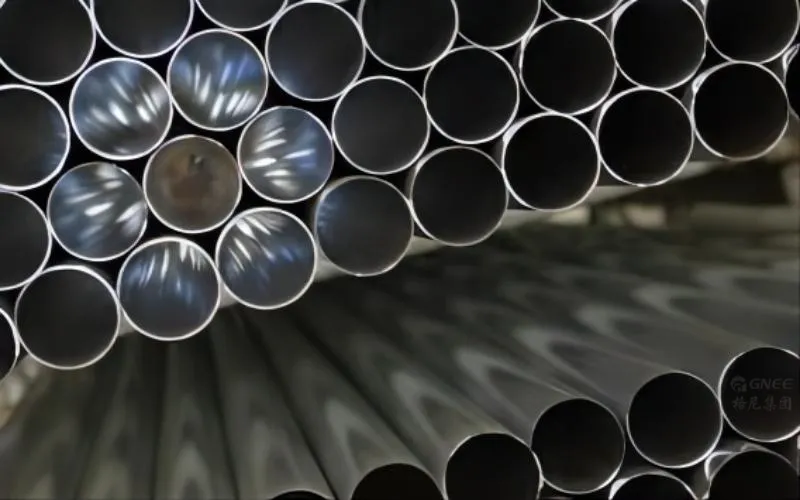
What are EP Grade Pipes?
Electrochemical polishing, or EP, is the process used to create EP pipes from BA pipes. The best method to brighten a surface is electrolytic polishing, which uses anodic treatment and electrochemical principles to adjust voltage, current, acid composition, and polishing time in a way that not only achieves the desired bright, smooth, clean effect but also increases the surface’s corrosion resistance. Of course, this method is very expensive and technologically advanced. When a high standard of cleanliness, a smooth surface finish, and corrosion resistance are necessary, industries like food and beverage processing, pharmaceutical, chemical, and semiconductor manufacturing frequently utilize EP pipes.
However, as electrolytic polishing will reveal the original condition of the steel pipe’s surface, any significant scratches, holes, slag, precipitates, etc. may prevent electrolysis from working. Electrolytic polishing differs from chemical polishing in that, despite being performed in an acidic environment, there won’t be any grain boundary corrosion on the steel pipe’s surface. This can be accomplished by adjusting the thickness of the chromium oxide film on the surface to give the steel pipe corrosion resistance.
